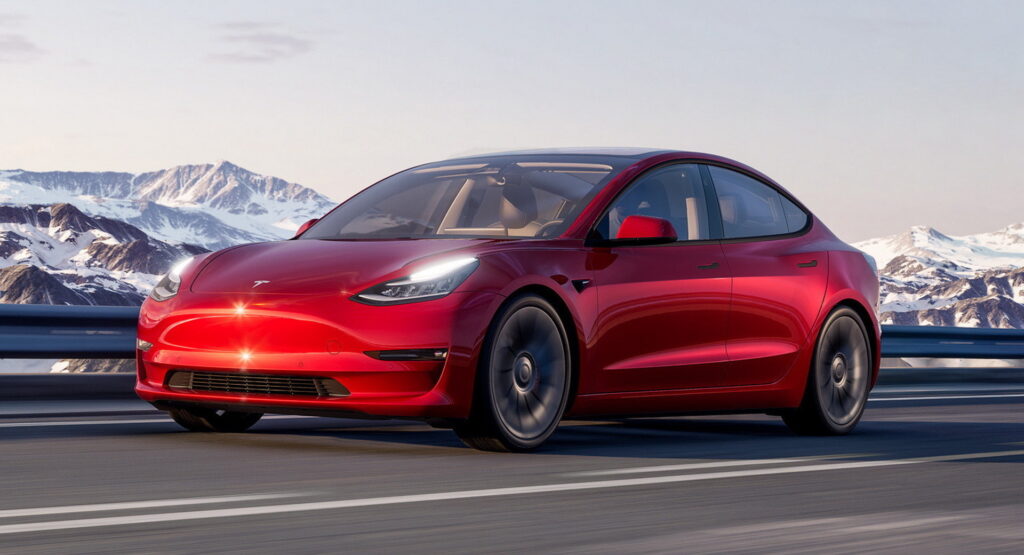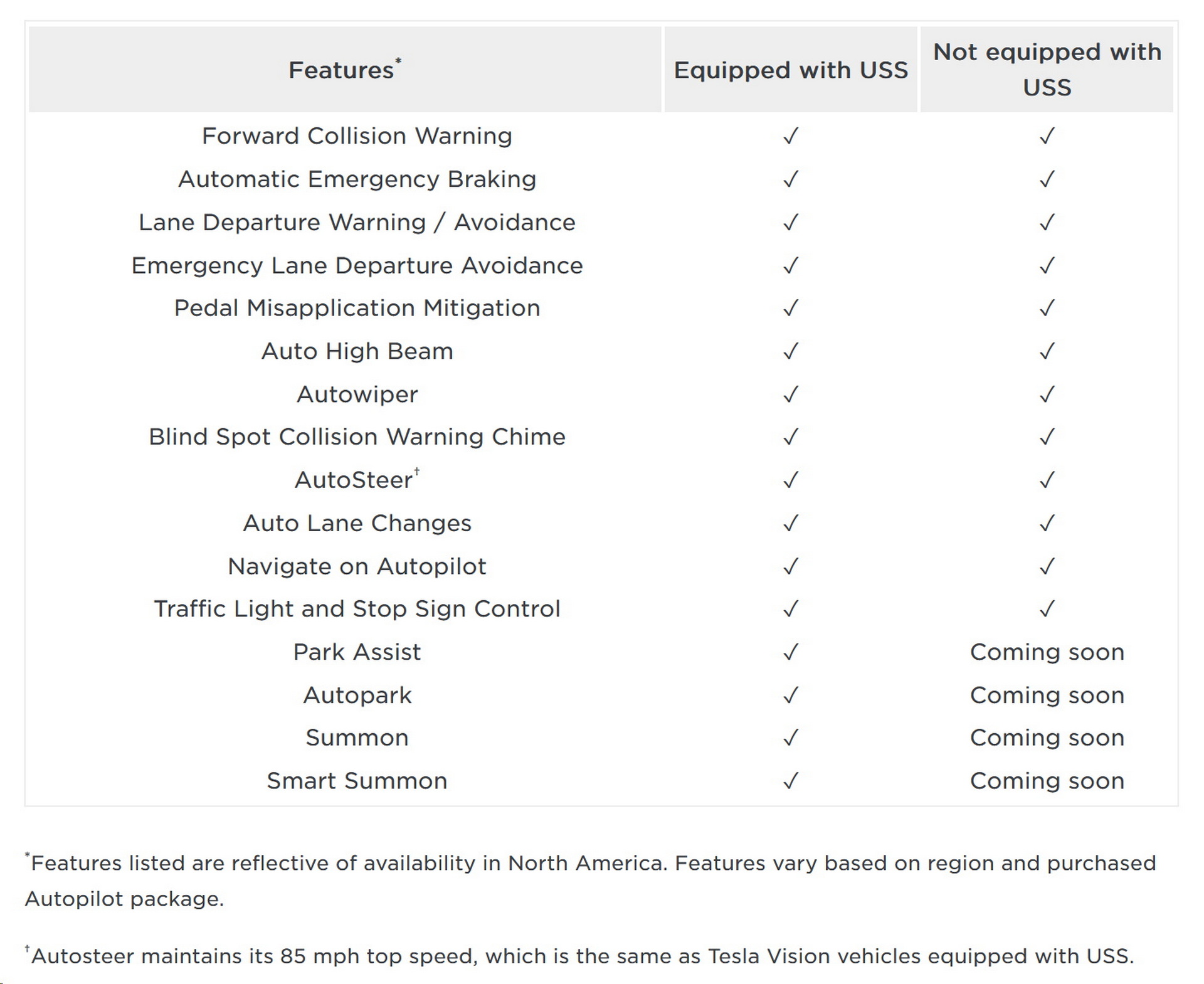Tesla announced this week that it will stop installing ultrasonic sensors on the Model 3 and the Model Y in the coming months. It will then stop installing the part in the Model S and Model X in 2023.
Ultrasonic sensors are another tool that Teslas used to perceive the world around them until now. According to Electrek, the part was mainly used for short-range detection, to help with collision warnings and parking.
Tesla writes that, in much the same way as its former radar sensors, the role played by their ultrasonic sensors will be replaced by the camera system. The automaker’s “vision-based occupancy network,” which is currently used in FSD Beta, will take over from the ultrasonic sensors.
Read Also: Tesla Goes Radar-less: New Models To Switch To Camera-Based Autopilot
However, “for a short period of time during this transition,” vehicles not equipped with ultrasonic sensors will be delivered without features, like Park Assist, Autopark, Summon, and Smart Summon.
Tesla says that it will, though, add these features back via an over-the-air update once they “achieve parity to today’s vehicles.” All other Autopilot and FSD features will be active at delivery.
“Given the incremental improvements already achieved with Tesla Vision, and our roadmap of future Autopilot improvements and abilities, we are confident that this is the best strategy for the future of Autopilot and the safety of our customers,” the automaker wrote.
As mentioned above, the move follows a similar one announced in 2021, when it began transitioning to using cameras as the only sensors for Autopilot and FSD. The move led to criticism from experts in the field of automated driving research, who argued that a comparison between human eyes and cameras was not possible (as Tesla CEO Elon Musk argued) and that multiple sensors are needed for ADAS systems in order to properly perceive the road with clarity.
Tesla argued in its release that its ADAS systems that rely on Tesla Vision have maintained or improved their safety ratings. The transition to the system, though, coincided with a sharp spike in reports of “phantom braking,” a dangerous scenario in which a driver assistance system is confused and commences an emergency stop for no reason. These are alarming to drivers and can be dangerous for following vehicles.










